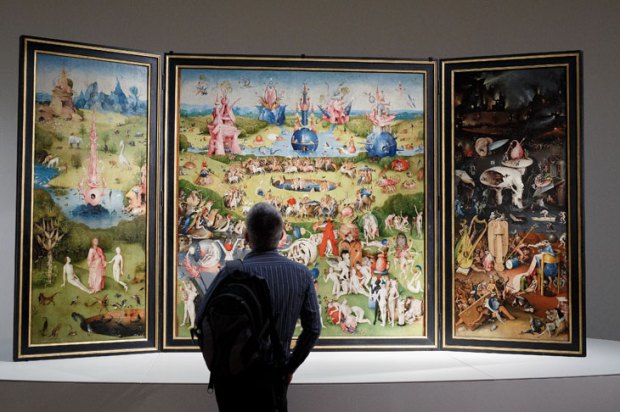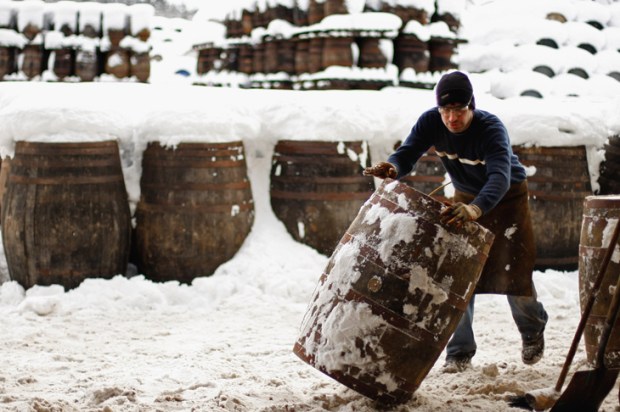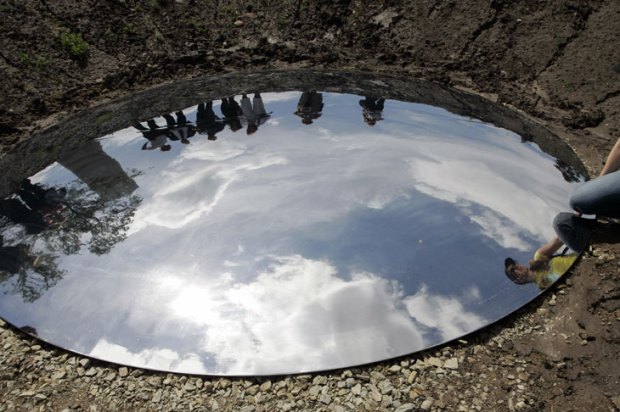On the day I left Australia after an enjoyable month at the Centre for Independent Studies, the Guardian newspaper (which other?) reported that, according to a paper published in the Australian and New Zealand Journal of Psychiatry, more than half of Australian infants — 51.7 per cent, to be exact — have multiple risk factors for developing mental illness later in life. This is not altogether surprising as, when I added up the prevalence of the hundreds of mental disorders recognised by the DSM 5, the average person in the West suffered up to two and a half such disorders every year. If only half the adult population suffers from a mental disorder, it means that the other half must suffer from five. Overwhelmingly the greatest and most important risk factor for developing a mental disorder is being human. It is good to know, then, that the psychiatrists of Australia — assuming the paper to be representative of their opinion — consider that at least 51.7 per cent of the infants born in their country are human. Is this more or fewer than elsewhere in the world? Judging from the children of my friends in England and France, I should say that it is about average, and well within the margin of error. Among the risks of developing later mental illness is parental divorce. This, at least, is a risk that many infants will now avoid, since their parents have never married. There’s social progress for you!
Be vulnerable! Be a victim! Be a hero! That seems to be, if not the battle cry exactly, then at least the mission statement of many people in the West these days. Fortitude is treason to the self, that most delicate of creatures. Prove you are a man: burst into tears! Although I have known for a long time that Australia is the most highly urbanised society in the world, I have always thought of Australians as tough individualists, both physically and mentally. Therefore, I have been somewhat surprised by the number of safety warnings in Australia. This morning there was a new one at North Sydney station: ‘Don’t be distracted by your mobile phone, help us to keep you safe’. From what, exactly? About half the people in my carriage — on my rough estimate — were glued to their telephones the whole way, disregarding the advice. What did they risk, apart from banality? Missing their stop, I suppose, but surely that is up to them. Help us to help you get out at the right stop… it doesn’t have quite the same ring. Or ring-tone. In the station there was a video relaying the message which was so loud that I almost fell back on to the rails in surprise. Following this public service announcement there was an advertisement for a brand of after-shave. It showed a young man (not clean-shaven, incidentally) on the flat roof of a skyscraper taming a wolf and walking straight through a concrete wall without so much as a scratch on him, the wolf following him, by now fully tamed.Mastery through after-shave: if only it were that easy.
For some reason my internet server has a regular item: 17 (or 21) Reasons Not To Go To Australia. Someone, somewhere, has got it in for this country. The majority of the reasons given for not coming are faunal: jellyfish, spiders, crocodiles and snakes. Australia has the largest crocodilians and the most venomous coelenterates, arachnids and elapids in the world. I looked up the figures for death from snakebite in Australia, and so far this year there have been, according to my research, two, which is more than usual. No one, apparently, has died of spider-bite for quite a long time. (I once read the autobiography — which I recommend — of the late Struan Sutherland, the man who developed several anti-venoms, titled A Venomous Life.) Nevertheless, when I saw a spider in my Sydney bathroom I at once thought I was in the gravest danger: so much for man, the rational animal. I went to the zoo and couldn’t wait to get to the reptile house. There I was pleased to see the most venomous snake in the world, the central taipan, one bite of which ejects enough poison to kill 200,000 mice. I presume this is an estimate.If you want to experience the full banality of the human mind, go to the zoo on a crowded day. The man in front of me at the taipan’s tank insisted on tapping the glass in an attempt to infuriate it. It was only with the greatest self-control that I prevented myself from following his example.
On my last day also, I was astonished to learn that the Blues Point Tower, by the architect Harry Seidler, had been declared a heritage building and therefore immune from well-deserved and indeed aesthetically obligatory demolition. Seidler’s MLC building has always also struck me as one of the worst buildings in Sydney as well. As to those who wish to preserve Blues Point Tower for reasons other than they have paid a lot of money to live in it (and from which it cannot be seen, an inestimable benefit), they are trying to persuade us that Seidler’s building is better than it looks. In a sense, of course, Seidler’s buildings are of historic importance, but it would surely be enough to preserve one — as a frightful warning — somewhere in the middle of the desert.
Got something to add? Join the discussion and comment below.
Get 10 issues for just $10
Subscribe to The Spectator Australia today for the next 10 magazine issues, plus full online access, for just $10.













Comments
Don't miss out
Join the conversation with other Spectator Australia readers. Subscribe to leave a comment.
SUBSCRIBEAlready a subscriber? Log in